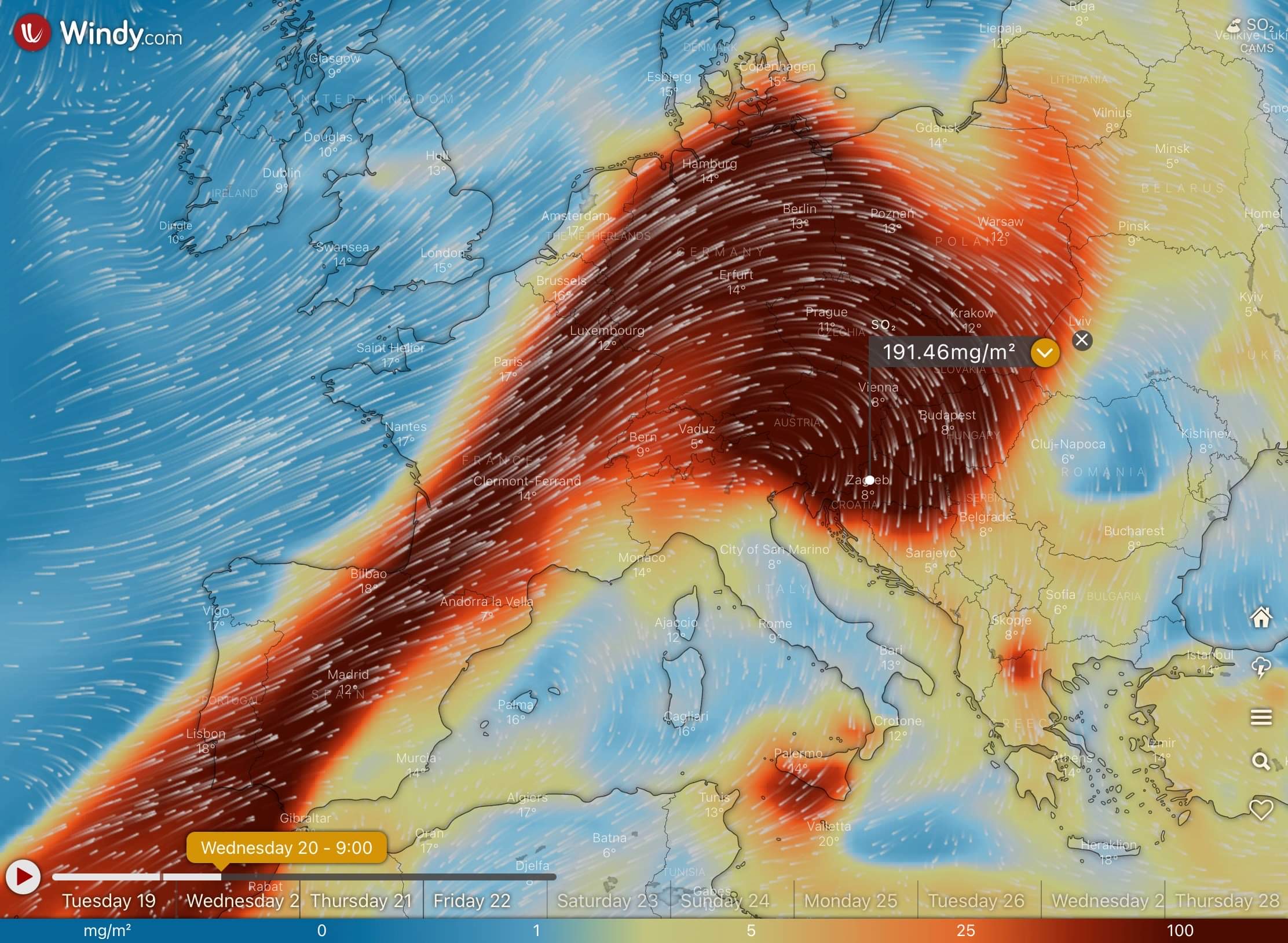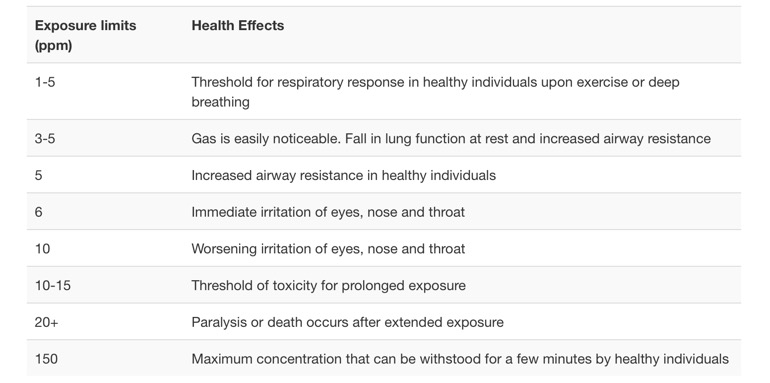Red Alert Issued for 2 Croatian Regions. Official Advice: "Don't Travel if Not Necessary"
February 5, 2023 - It is windy out there - don't travel unless you have to - official advice, reports Index.hr.
The Croatian Meteoroglogical and Hyfrological Association (DHMZ) has issued a red warning for today for the Velebit Channel and southern Dalmatia due to a strong, in places, storm surge with the strongest wind gusts of 35 to 90 knots, and an orange warning for the Rijeka, Split and Dubrovnik regions, the western coast of Istria and Kvarner due to strong and very strong bura wind.
"Due to the stormy wind speed in combination with locally high waves, which have already or will be generated, the management of a vessel in these conditions requires great experience and adequately equipped vessels," DHMZ said in a warning for Sunday, February 5.
"Expect and be prepared for gusty wind speeds combined with locally high waves that have already or will be generated. Operating a vessel in these conditions requires extensive experience and adequately equipped vessels. It is recommended that mariners without adequate experience seek a safe harbor before starting potentially dangerous wind and waves.
It is likely that many catamarans and ferries will not be sailing so if you are travelling, keep an eye on traffic information. Be aware of the dangers and pay attention and follow the latest weather reports. We advise the public to avoid traveling and staying near threatened coastal areas. Be prepared for disturbances, damage to structures and the risk of injury due to uprooted trees, broken branches and flying debris. Interruption of traffic and interruption of electricity supply is possible," said DHMZ.
On Dinara -14, on Mosor -10. Storm speed 155 km/h
In the greater part of Dalmatia, Sunday dawned with mostly sunny weather, especially on the coast and islands, while there were slightly more clouds in the area of Zagora. Minimum temperatures ranged mostly from -5 to 0°C in Zagora and from 1 to 4°C on the coast and islands.
The coldest stations were Dinara-Sinjal with -14.7°C and Mosor-Veliki Kabal with -10.3°C, while the warmest were Komiža, Hvar and Supetar with 4°C.
The night and morning were marked by a stormy, gusty and hurricane-like storm. The strongest wind gust was measured in Split around 10 pm and was 155 km/h, with an average wind speed of 97 km/h. Let's remind you, the strongest storm surge ever in Split was 176.5 km/h, measured on February 23, 2019 at 2 am.
For the rest of the day, we expect mostly sunny weather with moderate to strong, and in places, stormy weather and tramontana. Maximum temperatures will range mostly between 5 and 8°C.
The storm broke the sailboats in JK Labud
Dalmatinski Portal published footage showing that the storm did not spare even the sailboats of the Labud Split Sailing Club.
The stormy wind caused chaos throughout Croatia yesterday
Let us remind you that the stormy wind caused problems all over the country on Saturday. DHMZ announced a red alert for the entire coast, except for Istria, for which an orange alert was in effect. An orange alarm was on for the whole of northern Croatia, and a yellow one for the rest of the country.
Uprooted trees fell on cars and roads in Zagreb. All available teams went out in the field, and two people were slightly injured. An 11-year-old boy was injured on a soccer pitch in Split. He was transferred to KBC Split. In Osijek, the wind damaged part of the market canopy, and in Virovitica, the roof of a nearby garage fell on a school.
Parts of the facade fell from the buildings, there was damage to the roofs, and there was also damage to the electrical lines, so some areas were left without electricity.
HAK announced the traffic situation
The A1 Zagreb-Ploče-Karamatići, A6 Rijeka-Zagreb, the Solin-Klis expressway, the Maslenica-Zaton state road Obrovacki, Paški, Krčki and the bridge Dr. Franje Tuđman, but the wind slows down traffic on some sections, HAK reported on Sunday.
There is a ban on traffic for double-decker buses, vehicles with caravans and motorcycles on the state roads DC1 Vaganac-Korenica-Udbina-Gračac and DC217 between the town and the Ličko Petrovo Selo border crossing, and on the section of the Adriatic highway between Senj and Sveta Marija Magdalena there is an additional ban for delivery vehicles and vehicles with a covered cargo space.
The strong wind also slows down traffic on the A1 Zagreb-Ploče-Karamatići highways between the Sveti Rok tunnel and the Božići viaduct and the A6 Rijeka-Zagreb between Kikovica and the Tuhobić tunnel, driving at the speed limit.
On certain roads in the coast and inland, driving is difficult due to the strong wind. There are occasional delays on road sections where works are ongoing.
Difficulties in maritime transport as well
Due to unfavorable weather conditions, the following ferry lines are suspended: Prapratno-Sobra, Prizna-Žigljen; catamaran lines: Korčila-Hvar-Split, Vis-Split, Jelsa-Bol-Split, Ubli-Vela Luka-Hvar-Split, Mali Lošinj - Cres - Rijeka and Novalja - Rab - Rijeka and the Komiža-Biševo boat line.
For the latest travel info from HAK in English, click here.
Croatia Braces for Second Heatweave this Summer
ZAGREB, 21 July 2022 - Croatia's Meteorological and Hydrological Service has stated that after a 10-day interlude of not-so-high temperatures, the second heatwave this summer begins in Croatia on Thursday and will run through Sunday.
The maximum daily temperatures can reach 40 degrees Celsius in some areas.
The DHMZ explains that the ongoing warm front is moving from western Europe to our region and will probably remain along the Adriatic coast next week.
Citizens are urged to follow the advice on how to stay safe during extremely hot temperatures.
For more, check out our lifestyle section.
Storm in Northern Croatia: Varaždin, Čakovec and Koprivnica Damaged
May 28, 2022 - Last night, a major storm in northern Croatia affected the areas of Varaždin, Čakovec, and Koprivnica, tearing down trees, public lighting, and flooding streets. The inhabitants of Varaždin, informed in advance, parked their cars in underground garages.
A new storm in the north of the country, the wind in Bukovac uprooted a tree
A strong wind accompanied by heavy rain and pea-sized hail hit the north of Croatia last night after 10 pm, reports Index.hr.
From the field, the worst was in the area of Štrigova, Ludbreg, and again Veliki Bukovac, where a strong wind knocked down a tree near the NK Bukovčan playground. The hail was small, but it was pouring heavily, and the wind was strong and took some parts off the roofs of people trying to protect their homes from the damage caused by hail the size of tennis balls on Wednesday afternoon.
Varaždin residents hid cars in underground garages
In Ludbreg, citizens report that it looked as if "heaven and earth had merged", but so far there is no information about the damage. There was also a hailstorm in Gornji Međimurje, but it is not yet known if anything was damaged.
The people of Varaždin frantically hid their cars in underground garages last night for fear of hail and new damage that many suffered on Wednesday. However, apart from heavy thunder and showers, there are no reports of damage in Varaždin, and fortunately, there was no hail.
Storm in Podravina: Felled trees and lighting, flooded underpasses
The storm hit Koprivnica and the surrounding areas. At around 11:30 pm, a stormy wind and heavy rain, which in some places turned into hail and thunder, ravaged Podravina. The stormy wind destroyed trees all over the city of Koprivnica, and the heavy rain made the road impassable, reports Glas Podravine.
The aforementioned local portal states that the wind not only destroyed the trees, but also public lighting infrastructure. Underpasses, roads, and pavements were also flooded. Emergency services quickly went to the scene and cleared the roads.
The wind broke off parts of many trees and part of the roads were temporarily rendered unusable. Firefighters are still removing fallen trees from the roads. Traffic was suspended until further notice over the Koprivnica underpass, which was also totally flooded.
In Koprivnica, 16 liters of rain per square meter fell, and in some villages, such as Torčec, even more. Emergency services are on the ground to enable the smooth flow of traffic.
For more news about Croatia, click here.
Sulfur Dioxide Cloud from Volcano Eruption in La Palma Reaches Croatia This Morning
October 19, 2021 - According to the latest reports, the sulfur dioxide cloud that has been spreading across the continent from the eruption of the Cumbre Vieja volcano on the Spanish island of La Palma would arrive in Croatia early in the morning on Wednesday 20. Here are some important recommendations.
On September 19, the Cumbre Vieja volcano erupted on the Spanish island of La Palma, one of the Canary Islands. The eruption came after an earthquake that occurred eight days earlier. It is the first eruption on the island since 1971. To date, more than 7000 people have been evacuated and the lava has covered 779 hectares so far.
Sulfur dioxide levels forecast for Wednesday 20 at 9:00 am. (Máté H. Huszár/Windy.com)
Despite having already completed a month since the eruption, volcanic activity continues to threaten the tranquility now not only of the island's residents but also on the European continent. According to the Windy.com page and its monitoring software for different weather conditions, a sulfur dioxide cloud spreads across the continent and would arrive in Croatia in the early hours of the morning. According to Máté H. Huszár, TCN collaborator, air pollution levels are expected to be quite high around 200 mg / m ^ 3 which is about 76 ppm. People with asthma and COPD may be more sensitive to it.
In the upper right corner, on the Wind icon, click and look for the '' SO2 '' layer, to monitor the spread of sulfur dioxide in the air.
Volcanic smog or vog, which contains SO2, poses a health hazard by aggravating preexisting respiratory ailments, indicates the US Geological Survey. Sulfur dioxide (SO2) gas can irritate skin and the tissues and mucous membranes of the eyes, nose, and throat, and can penetrate airways, producing respiratory distress in some individuals. Aerosol particles in vog can also penetrate deep into human lungs and, at elevated levels, can induce symptoms of asthma.
Physical complaints associated with vog exposure include headaches, breathing difficulties, increased susceptibility to respiratory ailments, watery eyes, sore throat, flu-like symptoms, and a general lack of energy. Again, like mentioned above, air pollution levels are expected to be quite high, about 76ppm. Below, a chart that indicates the relation of pollution with health hazards:
Máté H. Huszár (Screenshot/IVHHN)
Tiny droplets of sulfuric acid in vog create acid rain, which can leach lead from roofing and plumbing materials, such as nails, paint, solder, and metal flashings. Leached lead poses a health hazard when it contaminates drinking water in rooftop rainwater-catchment systems.
The presence of vog reduces visibility, creating a potential hazard for drivers. Vog can also limit visibility for air and ocean traffic.
In order to protect yourself from health hazards provoked by the sulfur dioxide cloud in Croatia, especially if you have asthma or another respiratory condition, experts suggest to:
- Avoid outdoor activities, stay indoors. Remember also to shut down windows and doors.
- Cover your nose, ideally with an N95 face mask.
- Drink plenty of water to reduce any throat irritation or constriction.
- Seek help from a doctor or reach any health center if needed. Vulnerable groups include people with health conditions, pregnant women, the elderly, and children.
For more information and recent updates about the volcanic eruption of Cumbre Vieja in La Palma, click here.
For more news about Croatia, click here.
Storm Warning in Croatia Issued, as Coastal Weather Changes Violently
October 6, 2021 - As the country recedes from the summer season, in the Dalmatia and Gorski Kotar regions the weather appears to be less merciful, after a storm warning in Croatia was announced, with heavy thunder and rain to be expected. Through text messages, citizens are asked to be careful with electronic devices at home.
The climate in Croatia is truly enigmatic. Last week I was in Zagreb, and the presence of autumn was more than evident: thousands of orange leaves on the sidewalks, residents of the capital wearing long pants and jackets, and relatively low temperatures throughout the day. What do I find when I arrive in Split at the weekend? Blue skies, considerable heat, and people on the beaches. Almost a mirage of the previous months.
However, it seems that those impressions of the Adriatic summer are slowly disappearing, and it is that this week started gray and with strong winds on much of the coast. Worse still, today the day started with thunderous noises in the sky, and the DHMZ (the State Hydrometeorological Institute), has issued a storm warning in Croatia, and through the telephone operators in the country, has recommended citizens to be careful with electronics at home.
According to Net.hr, during the last evening, a significant change in the weather arrived in Croatia, which will bring with it a drop in temperature, heavy rain, and storms in the next few days. A thunderstorm is expected in the Adriatic area on Wednesday, which is why the State Hydrometeorological Institute issued an orange warning, while heavy rain will prevail on the mainland. A flood warning was also issued.
"Due to heavy rainfall expected today (October 6, 2021) in the northern Adriatic, Lika, Gorski Kotar and the interior of Dalmatia, and tomorrow (October 7, 2021) in central Croatia, Lika, Gorski Kotar, and the southern There is a possibility of torrential and urban floods in the Adriatic", warns the DHMZ.
Due to unfavorable weather conditions, Hrvatski Telekom also issued a warning to users in the coastal area: "A thunderstorm is expected in your area today. To protect your devices, we recommend that you unplug the telephone and power cables from the socket," reads their message.
If you want to learn more about the weather in Croatia, be sure to check out Total Croatia's guide here.
For more, make sure to check out our lifestyle section.
Showers, Winds, and Thunderstorms: Weather in Croatia Starts to Change This Week
August 23, 2021 - This year's very hot summer will be interrupted this week by a few days of rain and thunderstorms, perhaps marking the beginning of a slow transition to lower temperatures as the weather in Croatia begins to change.
Despite still feeling the high temperatures throughout the country, it could be said that intolerable heat waves are a thing of the past. During June, July, and the first weeks of August, both locals and tourists had to endure frequent temperatures between 34 and 38 °C. Now, recent forecasts indicate that the weather in Croatia will be milder, with temperatures hardly exceeding 30 °C.
Also, the nights begin to be cooler, the mornings colder, and the sky begins to darken a little earlier than before.
Although the high temperatures attracted both Croatians and foreigners to take a dip in the Adriatic, as well as in the lakes and rivers, it is worth mentioning that they brought with them difficulties such as fires along the Croatian coast.
As reported by 24sata.hr, gradual cloud cover from the northwest with occasional rain and showers, which may be more pronounced locally. In the east of the country and especially in Dalmatia most of the day is partly sunny and mostly dry.
On the mainland, a moderate, in some places moderate and strong north and northeast wind will blow from time to time. The moderate south wind in the northern and part of the central Adriatic will turn into a moderate and strong bora, under Velebit and with storm surges.
The highest daily temperature from 23 °C in the western parts of the interior to 29 °C in the east, and in the Adriatic and in the interior of Dalmatia from 27 to 32 °C, is the forecast of the State Hydrometeorological Institute (DHMZ) for Monday.
Today, a yellow meteorological alarm was issued for almost the whole of Croatia, except for the extreme south, while an orange alarm was issued due to the strong wind in the Velebit Channel.
Tomorrow will be changeable with sunny periods. Occasional rain, showers, and thunderstorms, especially in Dalmatia, in the morning in Slavonia.
Wind mostly weak north, moderate in the Adriatic, in the northern part, and strong bura with storm gusts mainly at the foot of Velebit, and in the south and northwest. Lowest temperatures from 12 to 17, at sea between 19 and 24 °C. The highest daily is from 19 to 24 °C, on the Adriatic between 26 and 31 °C.
If you want to learn more about the weather in Croatia, be sure to check out Total Croatia's guide here.
Heatwave Temperatures Will Decrease Significantly From Today
July 31, 2021 - It is reported that the high heatwave temperatures recorded in recent days will decrease from today in various parts of Croatia.
The heatwave due to which we have been cooking at more than 30 degrees in recent days is at the very end, so the weather will change in parts of the country today, reports tportal.hr. On Saturday it was mostly sunny and hot, but not completely stable. There were variable clouds in the interior, and mild thundershowers, especially in the western and northwestern parts.
Weak and moderate southwest and west winds on the mainland gradually turned to the northeast and north, while in the Adriatic the south wind blew. The highest daily air temperature was mostly between 33 and 37 ° C, and in mountainous areas a little lower.
On Sunday, however, in the interior and in the northern Adriatic changeable and unstable. There will be occasional showers followed by thunder, already at night in the west of the country, and in the second part of the day possibly in the east.
A thunderstorm is also possible locally, primarily in the first part of the day in the northern Adriatic and in Gorski Kotar. In Dalmatia, it will stay mostly sunny and dry, but heatwave temperatures will certainly decrease in the following days.
A moderate southwesterly wind, occasionally with strong gusts in the afternoon, will turn to the north and northwest wind and weaken. In the Adriatic, moderate to strong south and south winds will blow.
The lowest morning air temperature is mostly between 17 and 22, in the Adriatic from 25 to 28. The highest daily is mostly from 31 to 36 ° C, in some places in the mountains and in the northwest a little lower.
If you want to learn more about the weather in Croatia, be sure to check out Total Croatia's guide here.
Goodbye Croatia's Snow - Country This Week to Bask in 15°-17° Temperatures
February 3, 2021 – Hikers and walkers who have been enjoying postcard-pretty panoramas of the country's blanketed landscape may struggle to catch similar scenes this weekend. Most of Croatia's snow is set to melt away throughout this week, with some parts of the country basking in daytime high temperatures of between 15° - 17°
While Croatia's snow has been the cause of some difficult travelling conditions over recent weeks, particularly by road, the pristine blanket of white left across the ground has proven to be an irresistible draw to those who like to get out-and-about. Beautiful photography has appeared of the country's nature and a landscape covered by Croatia's snow, and scenes of youngsters enjoying sledging and snowball fights – much more heart-warming than the chilly climes themselves.
Most of the country will have to this week wave goodbye to the snowman still standing in the front garden as a rapid increase in temperatures is predicted to visit much of the country. Croatia's snow will struggle to survive unusually warm daytime highs of between 15° - 17°
An increasingly hot south wind will cause a rise in temperature even more pronounced than that experienced ten days ago, when Zagreb broke the date record for January 22 with a high of 15.7° C. In the second half of the week, temperatures are predicted to rise to 16°, in some places possibly closer to 20° C
The results of the rising temperatures may not be entirely pleasant – fog will persist in some areas during the mornings, with lower-lying continental areas most affected. Rain and cloud will accompany the temperature change elsewhere, further dwindling Croatia's snow.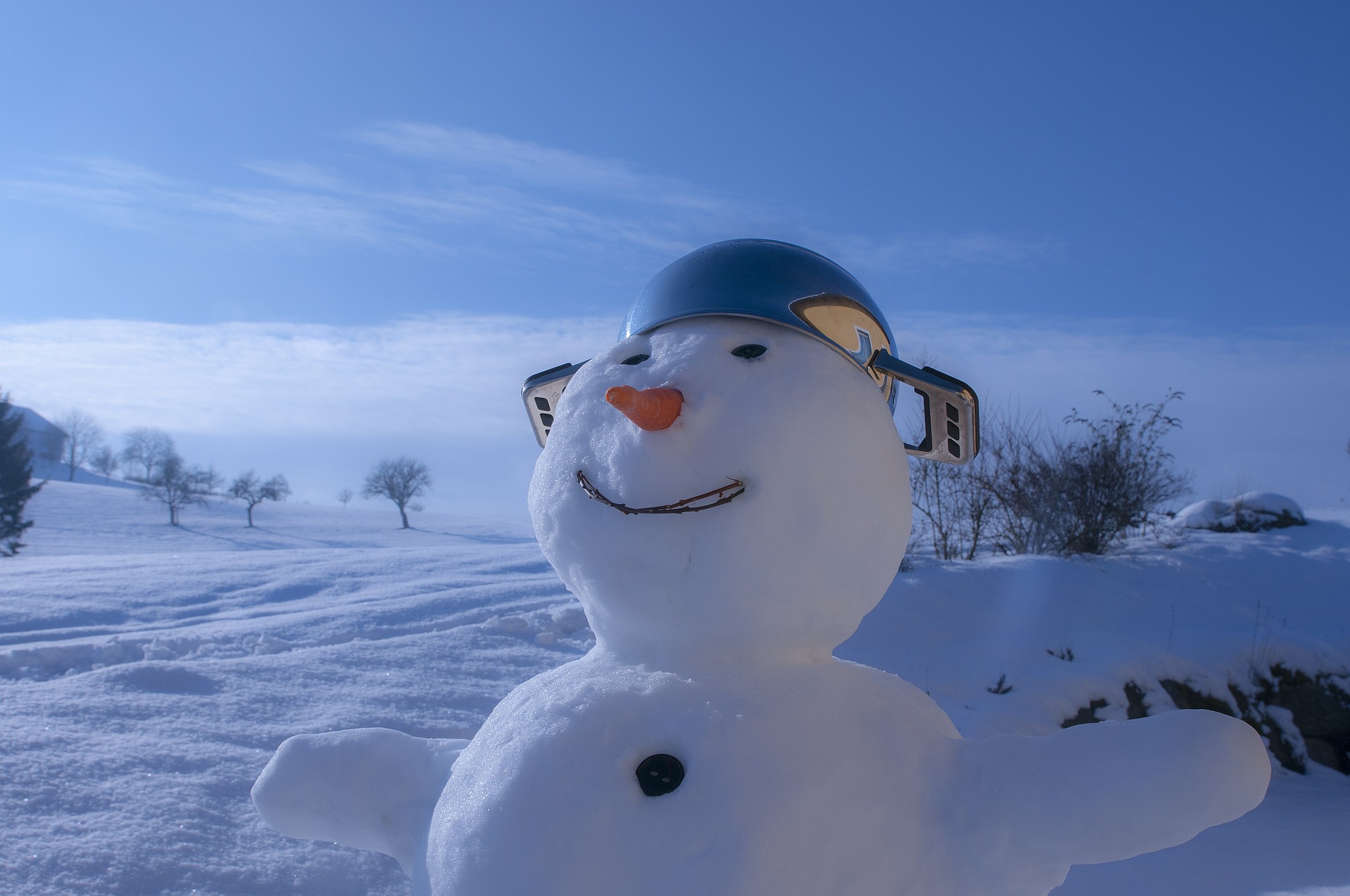
The warmest areas should be the Dalmatian coast and islands, with a little frost still persisting in the Dalmatian hinterland. Rain is predicted in Kvarner for the weekend. It will be warmer and sporadically sunny on the mainland from Thursday, with an average morning temperature guessed to be between 5 to 8° C and daily temperatures of above 10° C. Moreover, on Saturday in central Croatia the temperature should probably rise to 17° C.
Those who are not yet ready to say goodbye to Croatia's snow needn't despair. Winter doesn't officially end until 20 March, so there's plenty of time left for another cold snap. And, existing snow will linger in mountainous areas for anyone wishing to go and take in the spectacular scenes. “Hajdemo u planine!”
Cold Snap Might Make A Surprise Visit to Wintertime Croatia This Month
January 12, 2021 – Following a mild December 2020, truth be told, residents of the country were rather pleased to welcome the sight of snow falling on wintertime Croatia over recent days. Many headed into the mountains, like Sljeme and Ivanscica, taking advantage of the pristine blanket of crunchy white for selfies that appeared on social media all weekend. However, the novelty of the temperature drop and its postcard-pretty backdrop may well wear off soon if some meteorologists are to be believed.
Rising temperatures recorded high in the atmosphere above the Arctic are leading some to predict a sustained and considerable cold snap affecting the northern hemisphere towards the end of January, including wintertime Croatia. The wave of icy weather is even predicted to possibly reach the considerably cold conditions of wintertime Croatia 2014, when the same set of circumstances saw the temperature in Chicago drop to a remarkable minus 27. In wintertime Croatia it dropped below minus 10.
As reported by Bloomberg, the end of January could be particularly hard hit, with the cold weather reaching North America, Europe and Asian countries. Both of the previous two wintertime Croatia seasons (2018/2019 and 2019/202) have been comparatively mild. This cold snap, if it happens, could have you reaching for your hats and scarves despite the days having now gotten noticeably longer. Heaven help the youngsters still walking around with bare ankles and summer socks if it does bite.
In Paris, the temperature is currently 3.5 degrees Celsius lower than the average for this part of the year, in Madrid, it is 6.9 degrees colder than usual, and in Beijing, this winter's temperatures dropped to a record low - minus nine was measured there on Thursday.
Numerous meteorologists say that there are no guarantees that forecasts of such cold weather conditions could come true. Others say that, if it does happen, it will be north America that will be most affected. We might just have to wait and see what the weather Gods still hold in store for wintertime Croatia 2020/2021.
PHOTOS: Epic Croatia Weather Photography Stuns The World
December 20, 2020 – The 13 winners of the incredibly popular World Meteorological Organization annual competition have just been announced, and two fine pieces of Croatia weather photography are among them. These spectacular images of Croatia weather photography show all 9 Croatian photographs which reached the final in 2020 and all 10 Croatian finalists who similarly stunned the global audience in 2019
Croatia weather photography: the two newly announced winners from the 2020 competition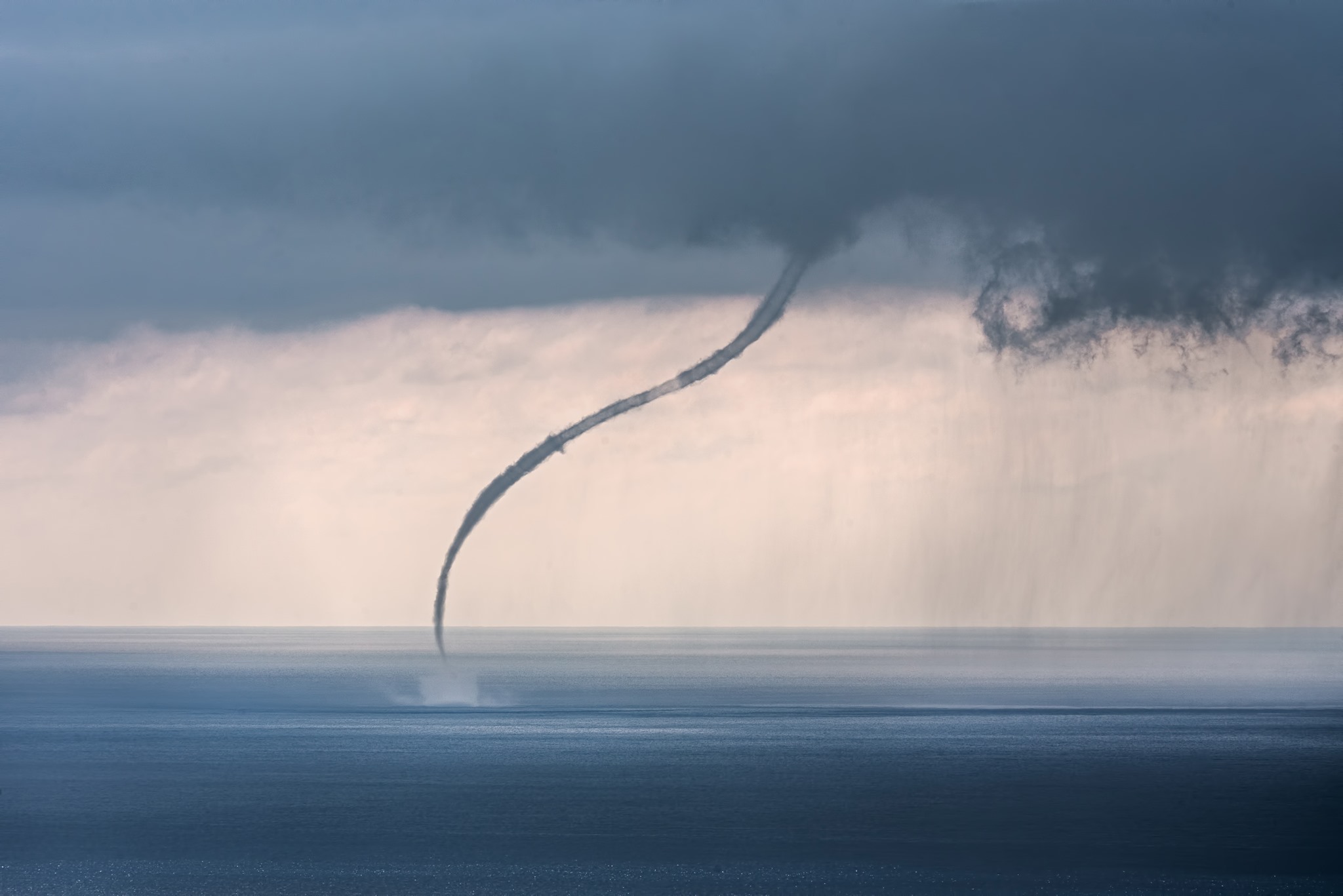 Photographer: Sandro Puncet Photo taken: Losinj island
Photographer: Sandro Puncet Photo taken: Losinj island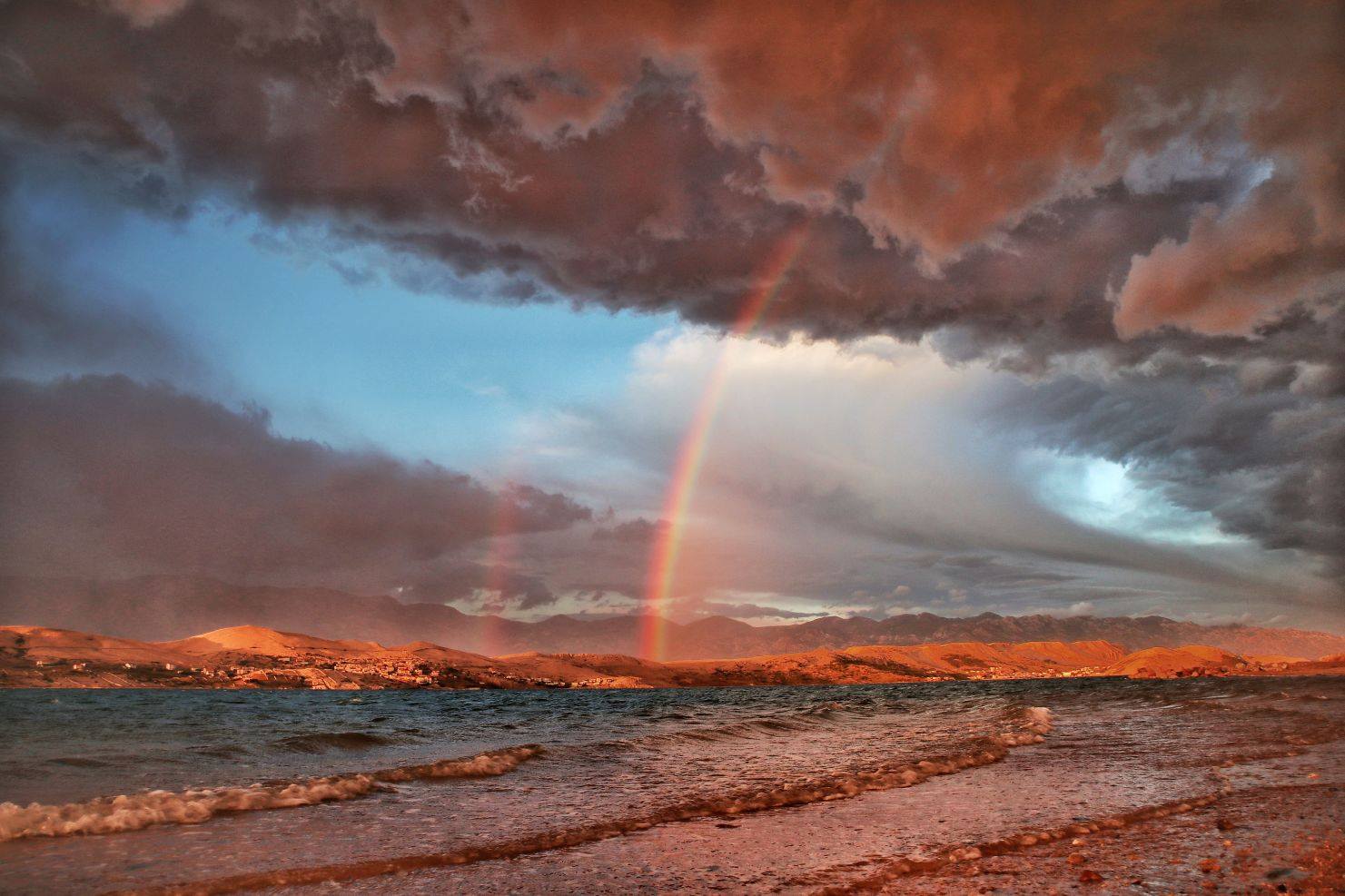 Photographer: Zrinka Balabanic Photo taken: Pag island
Photographer: Zrinka Balabanic Photo taken: Pag island
Thanks to its popularity as a tourist destination, lots of people are now used to seeing beautiful photos of Croatia. Although, the images they usually see are of idyllic beaches, cloudless skies, stunning nature and turquoise blue seas. But, as anyone who knows the country will tell you - and as these photos show - Croatia isn't always like that.
Croatia weather photography: the two newly announced runners-up from the 2020 competition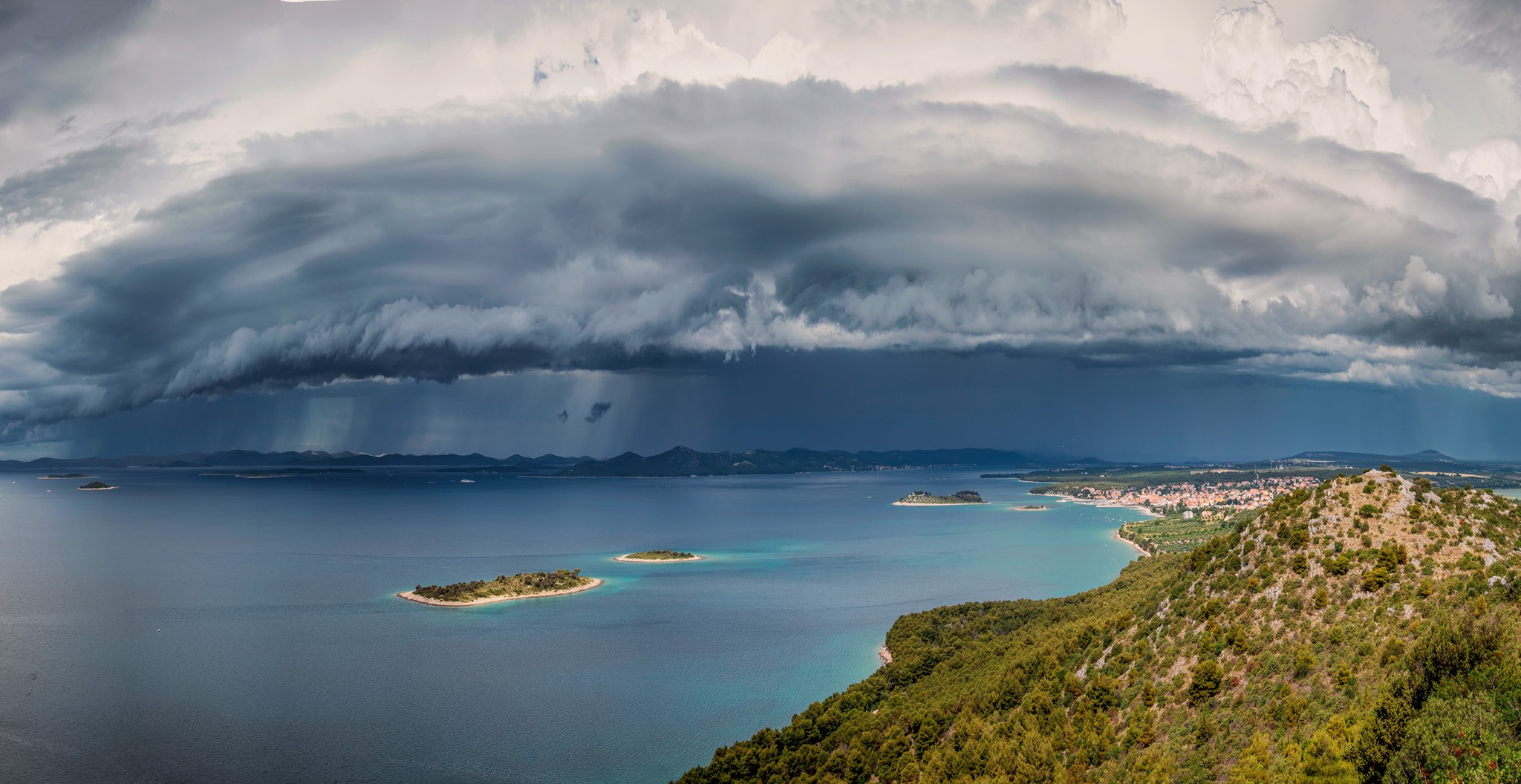 Photographer: Šime Barešić Photo taken: Drage, Pakostane
Photographer: Šime Barešić Photo taken: Drage, Pakostane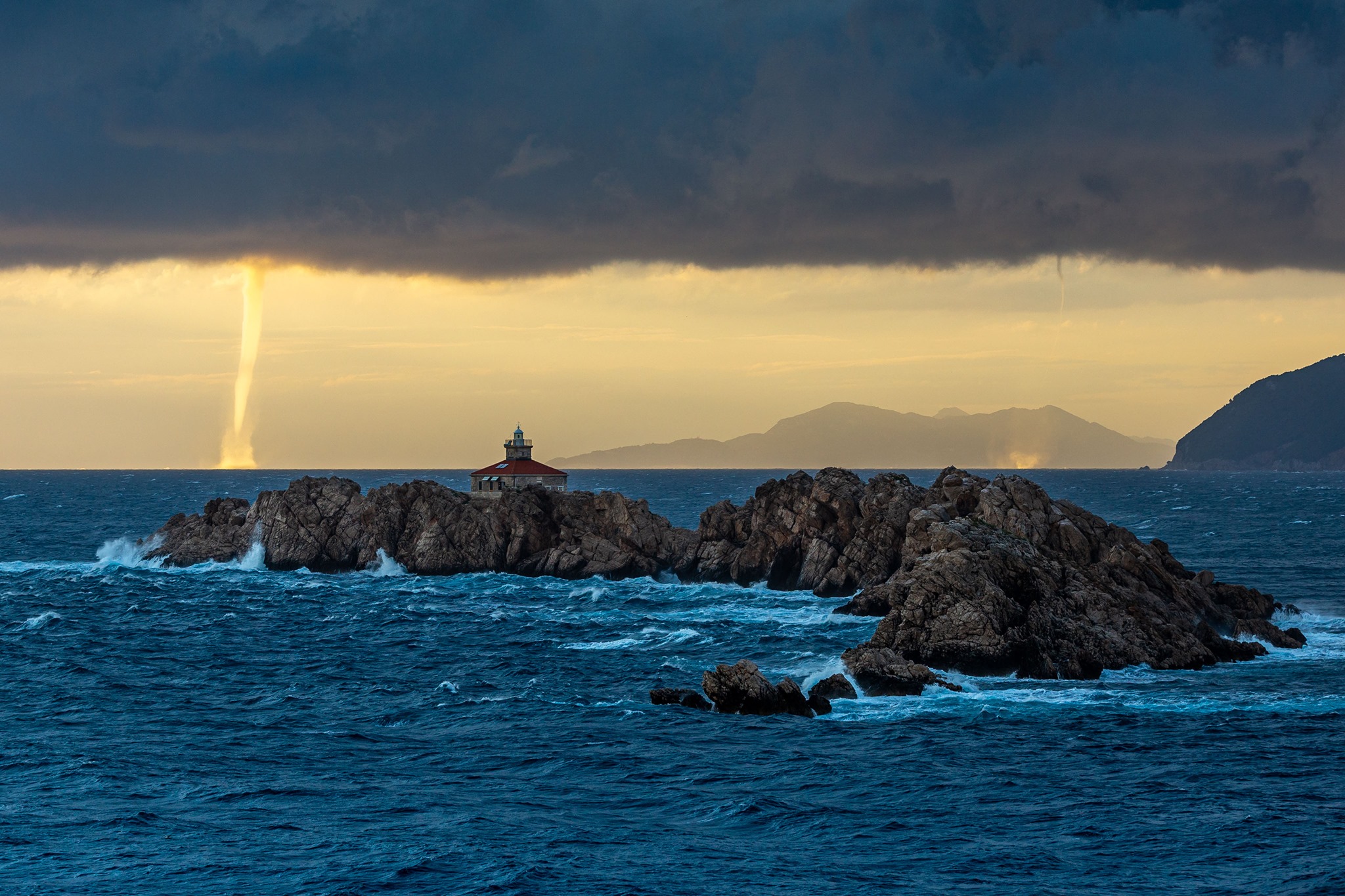 Photographer: Mislav Bilic Photo taken: Lapad Peninsula, Dubrovnik
Photographer: Mislav Bilic Photo taken: Lapad Peninsula, Dubrovnik
Out of season, Croatia can experience vastly different weather conditions to those advertised in travel brochures and blogs. And, whenever there's a spectacular weather occurrence, usually there's a photographer out there, braving the elements, trying to capture it.
Over recent years, some of the best Croatia weather photography has featured in the annual competition organised by the World Meteorological Organization. 2020 has been no different.
The other five Croatian finalists from the 2020 competition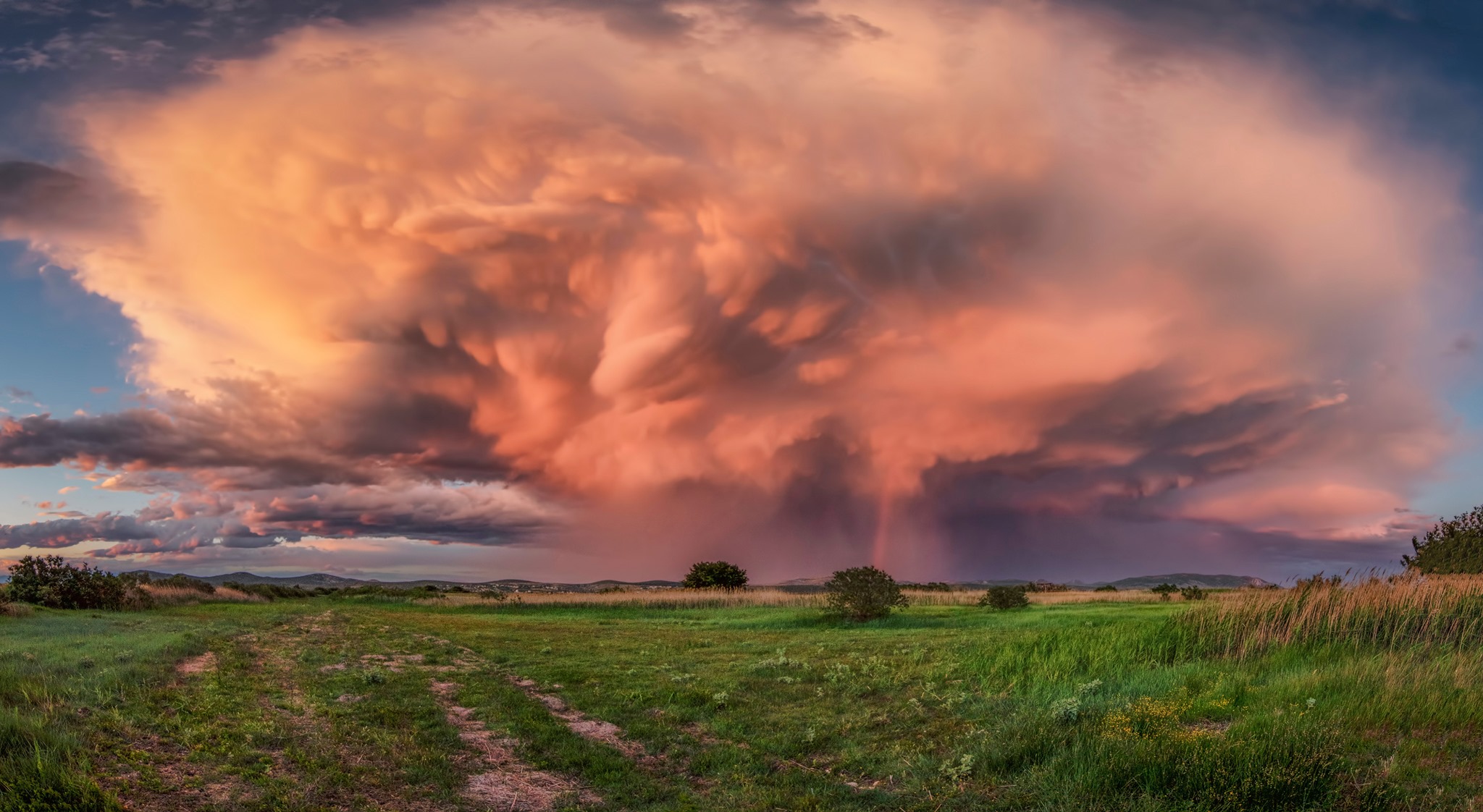 Photographer: Šime Barešić Photo taken: Drage, Pakostane
Photographer: Šime Barešić Photo taken: Drage, Pakostane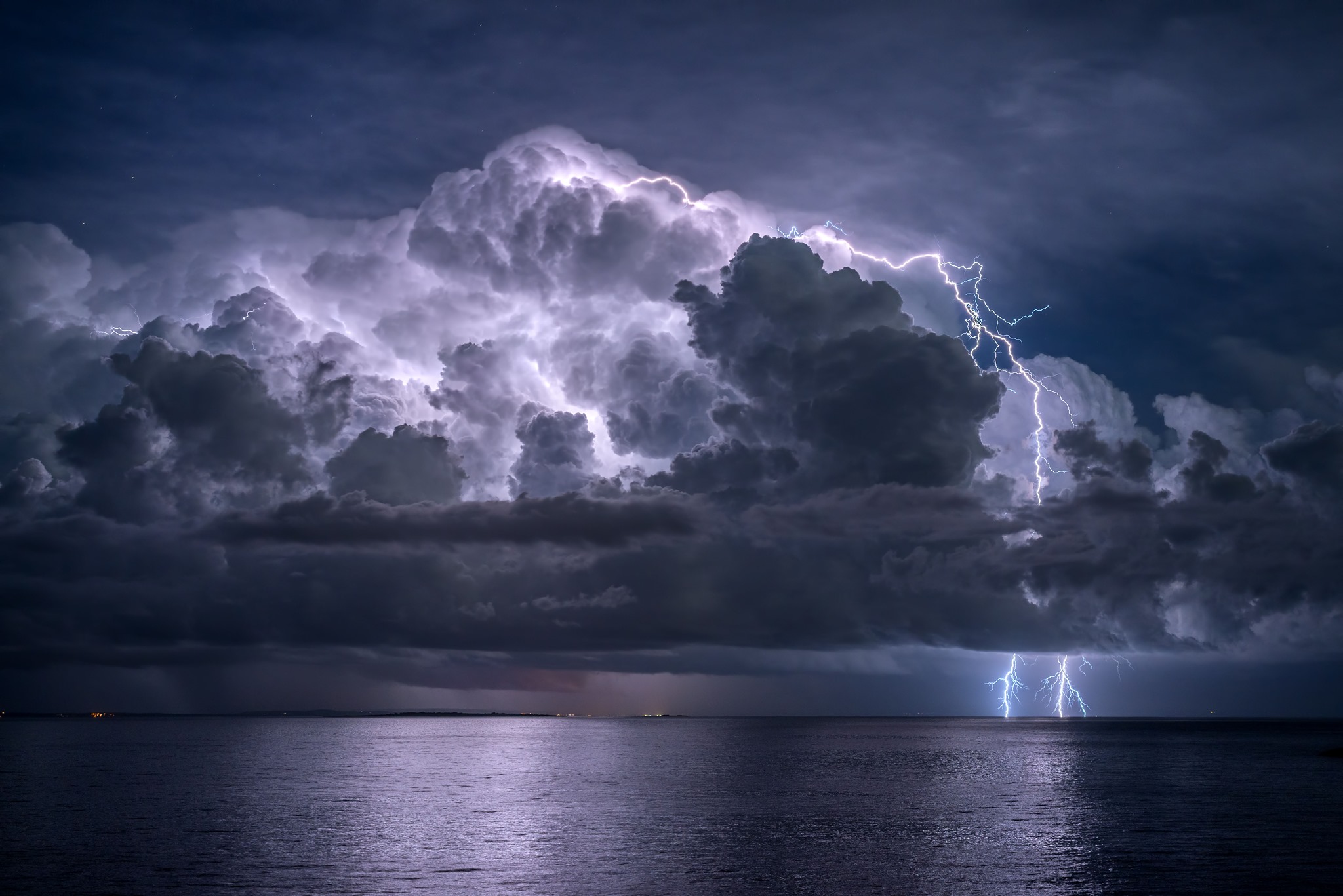 Photographer: Sandro Puncet Photo taken: Losinj island
Photographer: Sandro Puncet Photo taken: Losinj island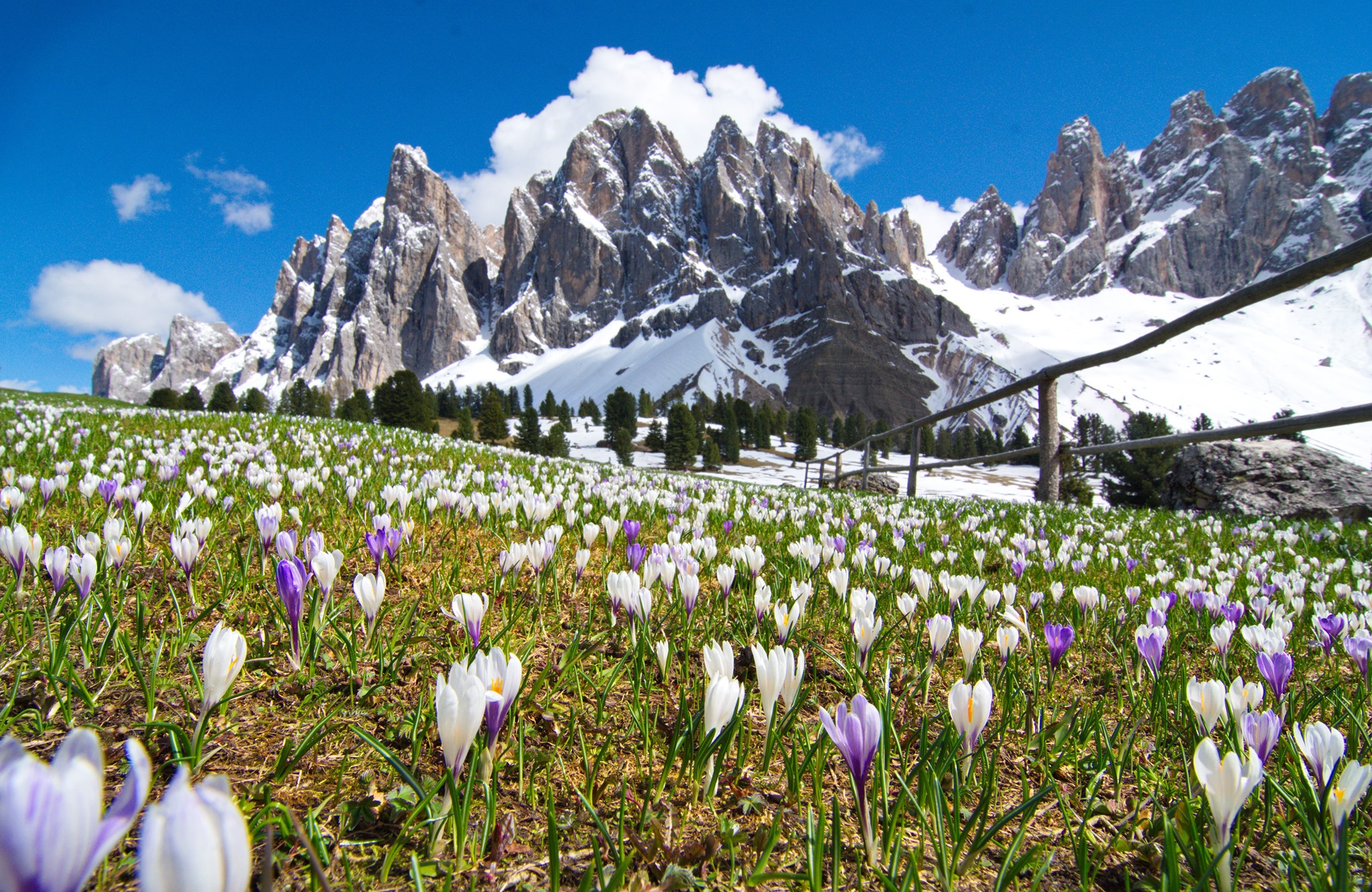 Photographer: Zoran Stanko Photo taken: Geisler Alm, Dolomites, Italy
Photographer: Zoran Stanko Photo taken: Geisler Alm, Dolomites, Italy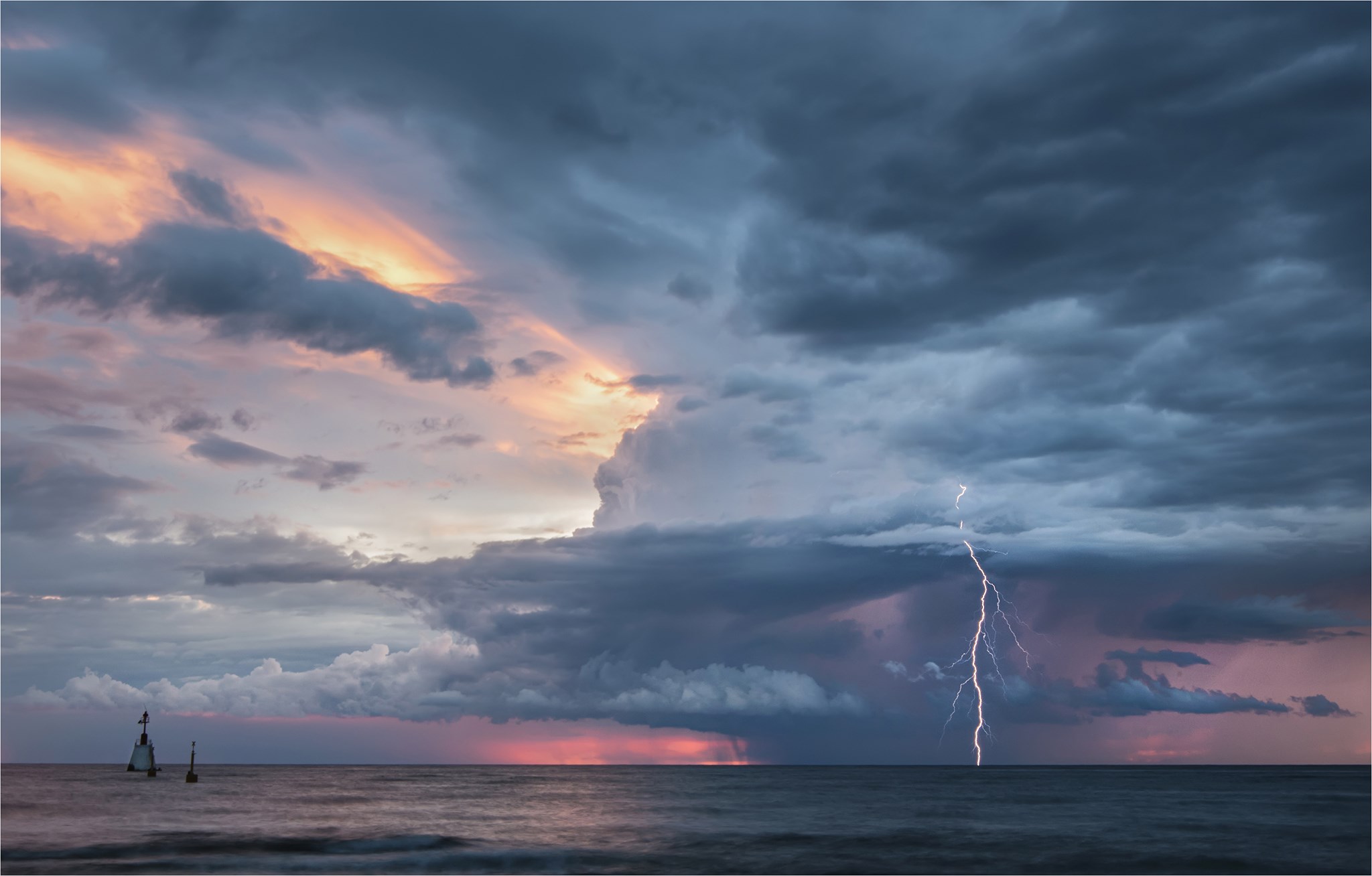 Photographer: Maja Kraljik Photo taken: Umag, Istria
Photographer: Maja Kraljik Photo taken: Umag, Istria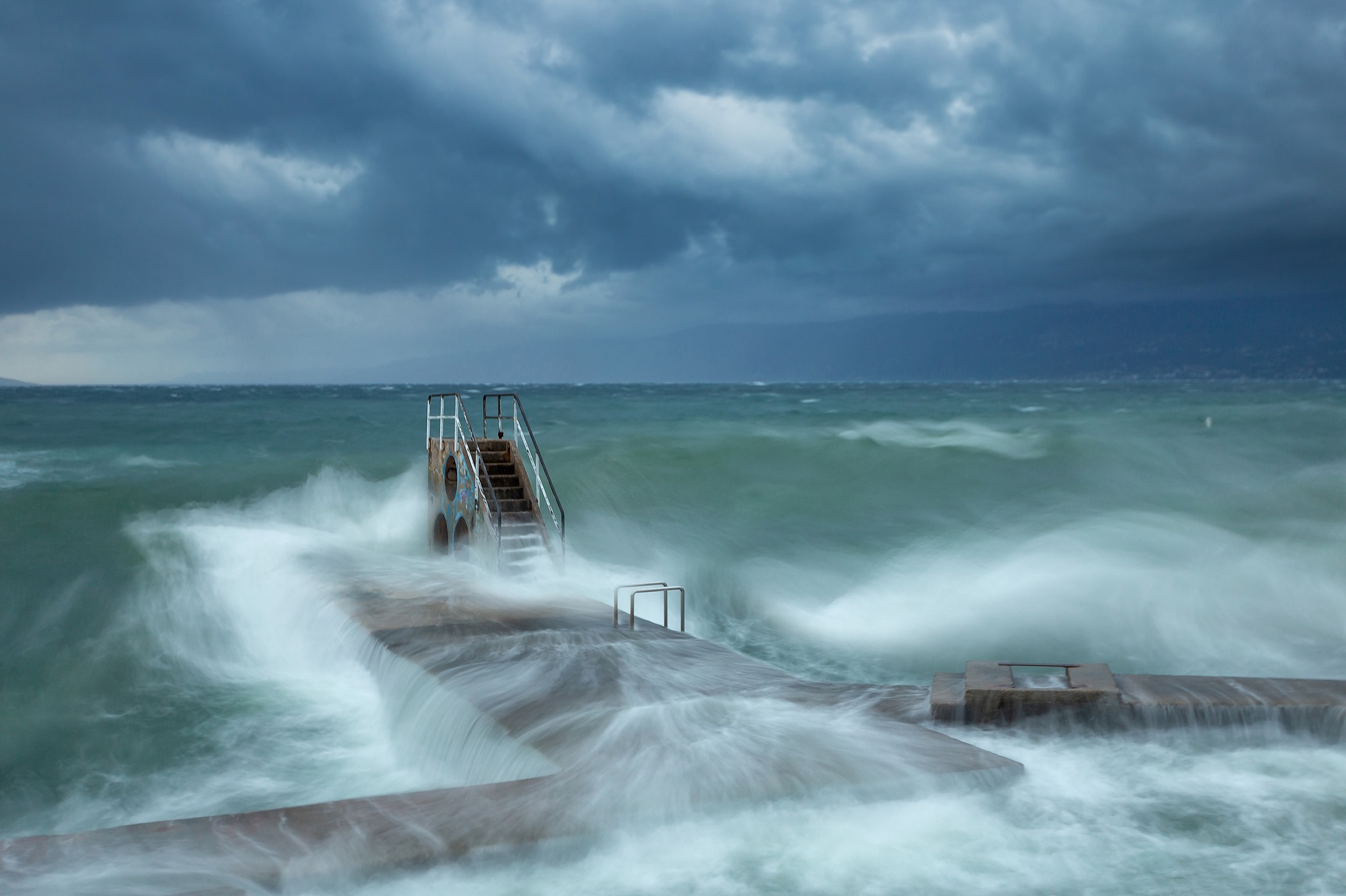 Photographer: Igor Popovic Photo taken: Rijeka
Photographer: Igor Popovic Photo taken: Rijeka
The winners of this year's competition have just been announced and the two fantastic examples of Croatia weather photography within the top 13 will take their place in the 2021 World Meteorological Organization calendar.
The 10 Croatian finalists from the 2019 competition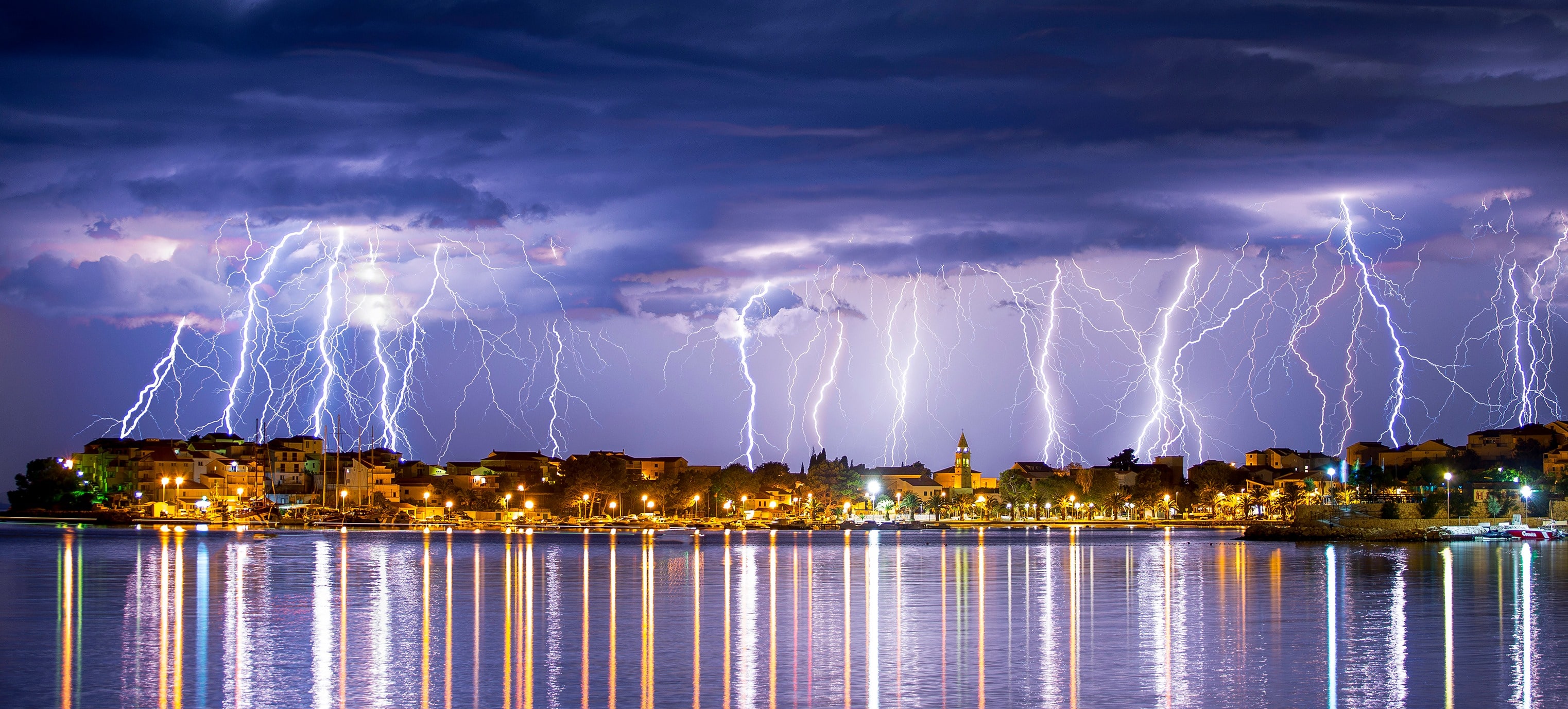 Photographer: Danica Sičič Photo taken: Srobreč, Dalmatia
Photographer: Danica Sičič Photo taken: Srobreč, Dalmatia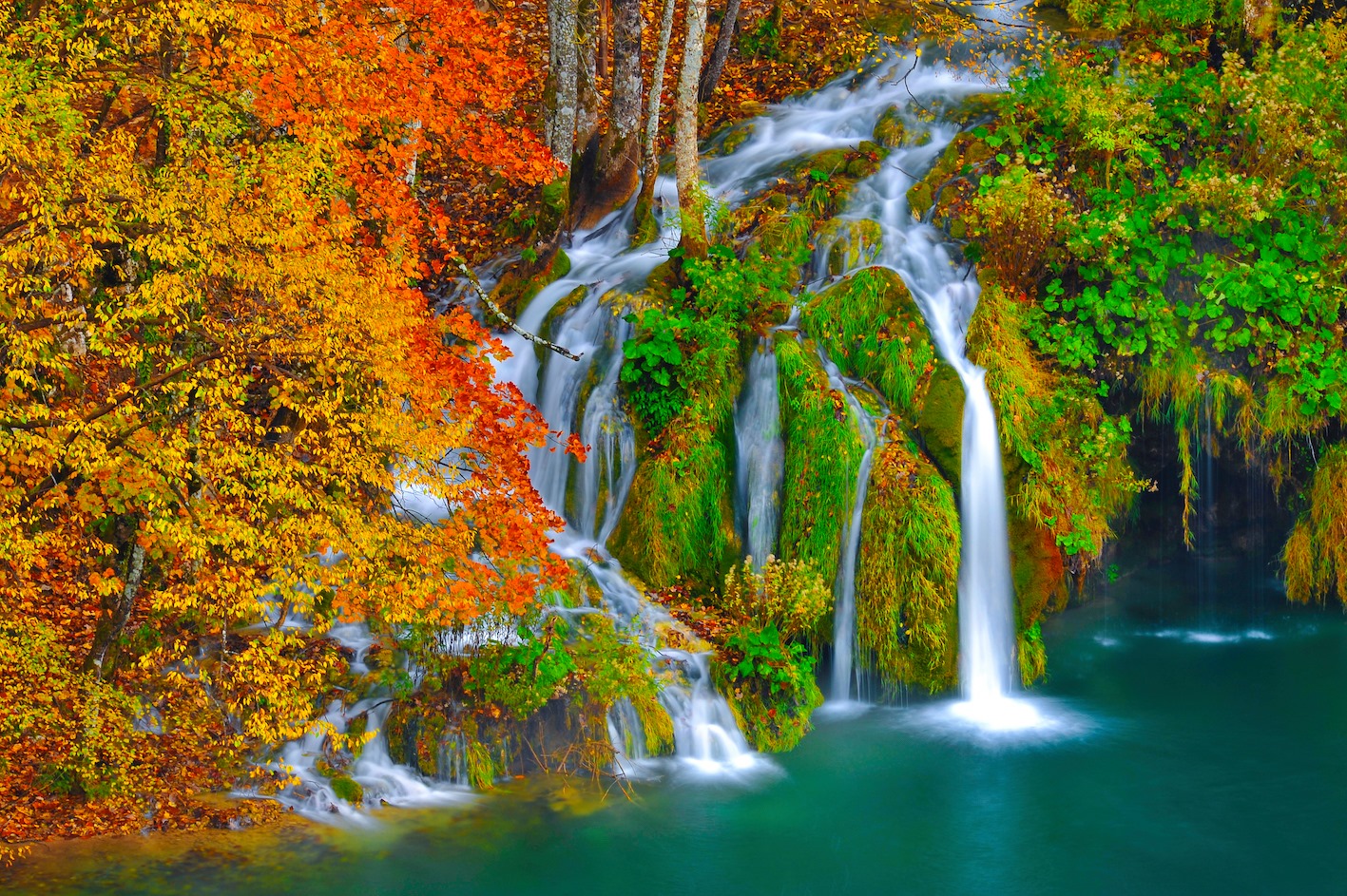 Photographer: Romeo Ibrišević Photo taken: Plitvice Lakes National Park
Photographer: Romeo Ibrišević Photo taken: Plitvice Lakes National Park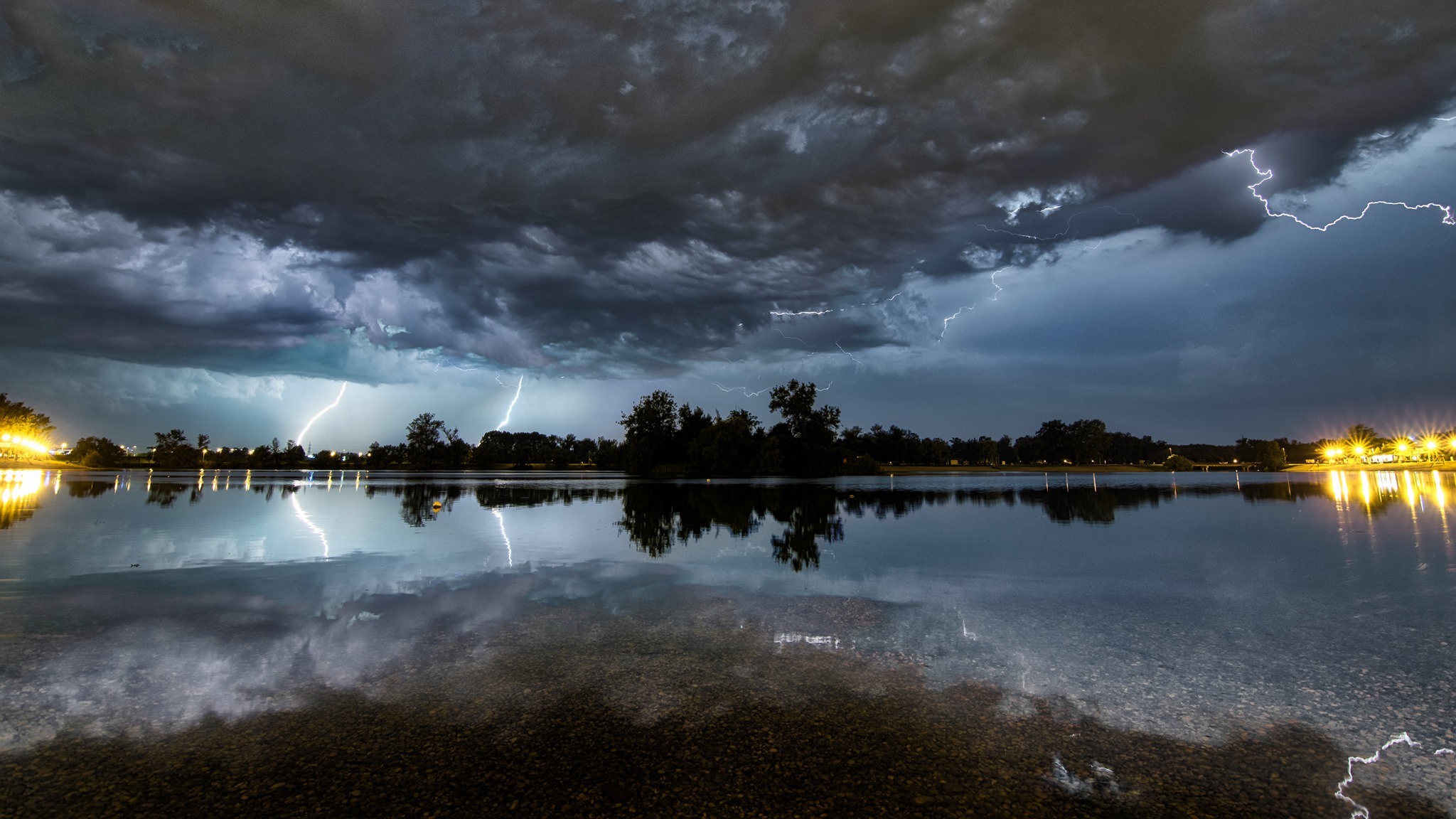 Photographer: Božan Štambuk Photo taken: Bundek park, Zagreb
Photographer: Božan Štambuk Photo taken: Bundek park, Zagreb Photographer: Miroslava Novak Photo taken: Pribislavec, Međimurje
Photographer: Miroslava Novak Photo taken: Pribislavec, Međimurje
As well as the two winners, two further examples of Croatia weather photography came in the runner-up category, of which there were 12 in total.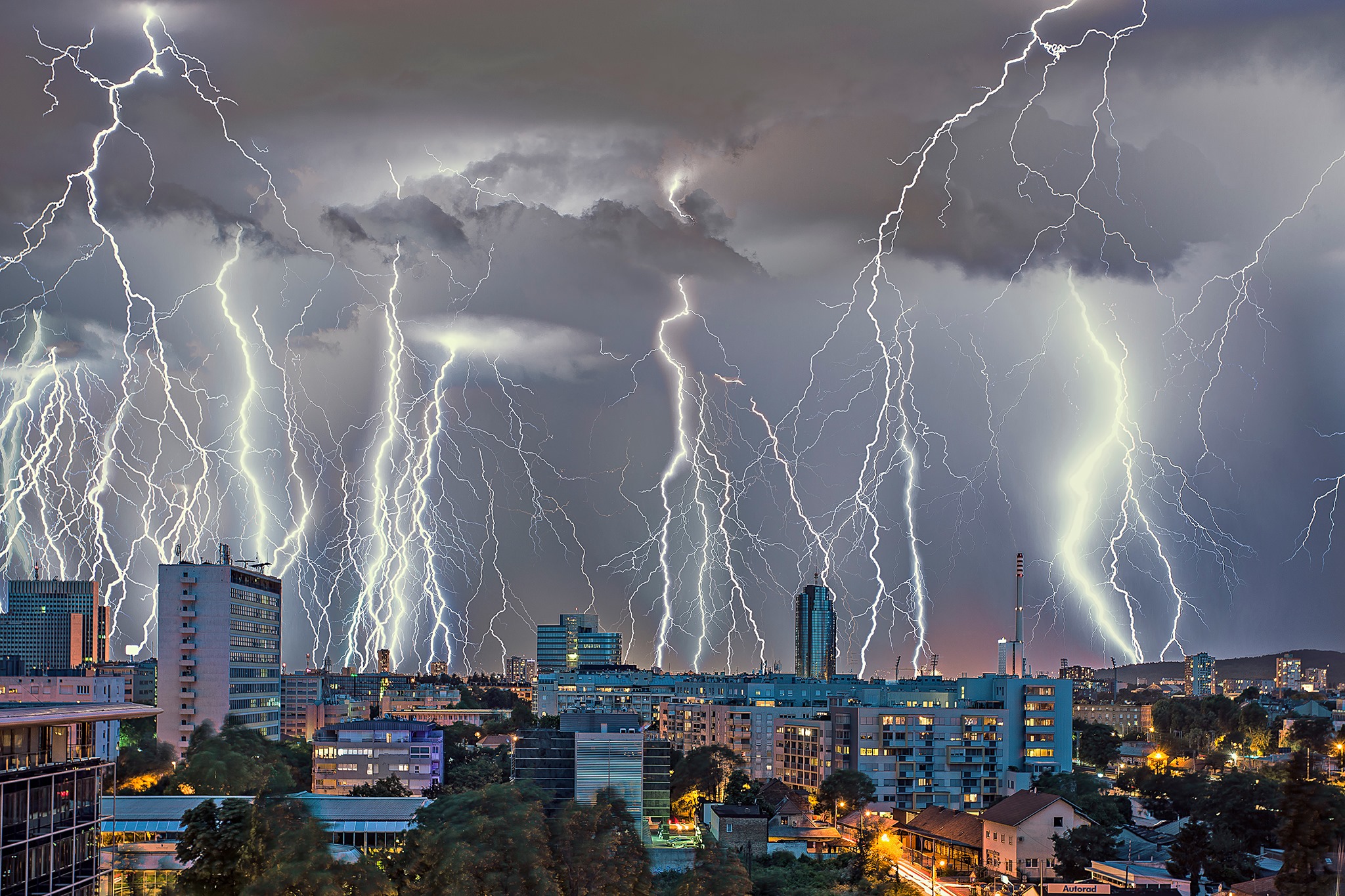 Photographer: Francesca Delbianco Photo taken: Zagreb
Photographer: Francesca Delbianco Photo taken: Zagreb Photographer: Ivica Brlić Photo taken: Sava river, Davor, near Slavonski Brod
Photographer: Ivica Brlić Photo taken: Sava river, Davor, near Slavonski Brod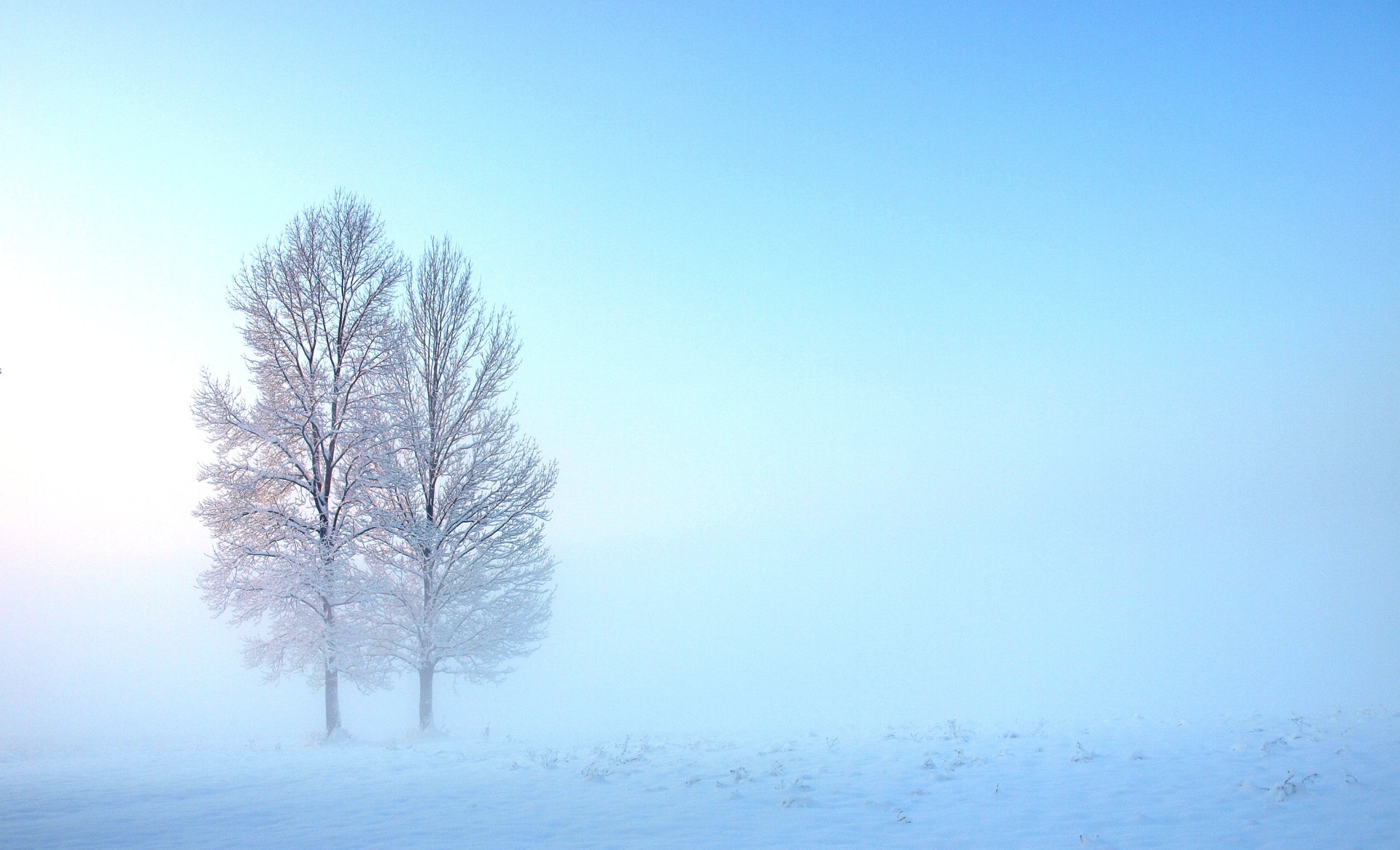 Photographer: Nataša Šafar Photo taken: Rečica, near Karlovac
Photographer: Nataša Šafar Photo taken: Rečica, near Karlovac Photographer: Romeo Ibrišević Photo taken: Plitvice Lakes National Park
Photographer: Romeo Ibrišević Photo taken: Plitvice Lakes National Park
Over 1000 photographs from all over the world were entered in the 2020 competition. The submissions were narrowed down to a final selection of 70 contenders. As TCN reported back at the start of October, no less than 9 examples of Croatia weather photography made it into the final 70, taken by 7 Croatian photographers. Photographer: Danijel Palčić Photo taken: Pag island
Photographer: Danijel Palčić Photo taken: Pag island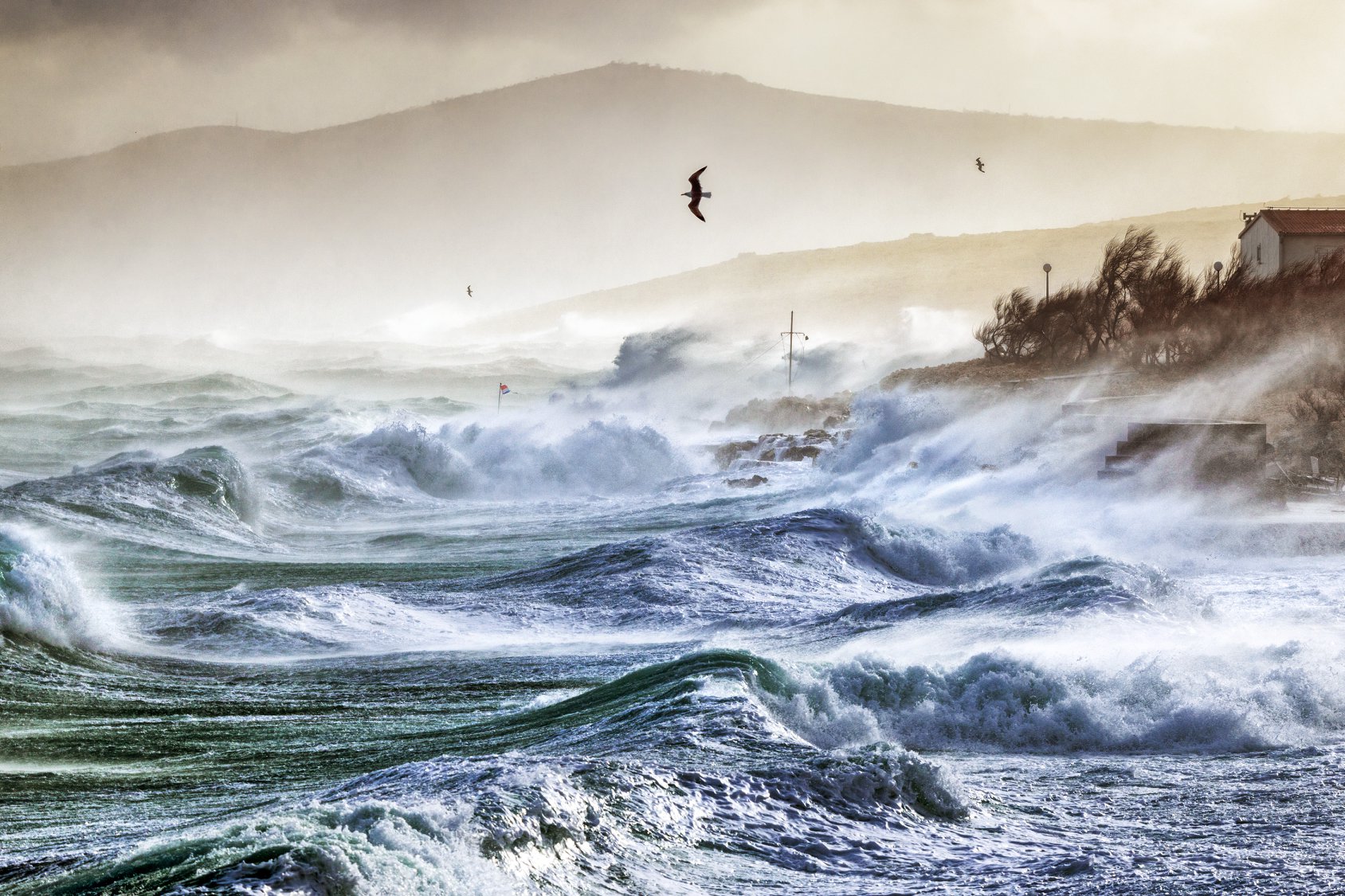 Photographer: Aleksandar Gospic Photo taken: Ražanac
Photographer: Aleksandar Gospic Photo taken: Ražanac
Croatia regularly punches well above its weight in the annual competition, as we can see from these 10 examples of incredible Croatia weather photography that were among the finalists in 2019.
All images courtesy World Meteorological Organisation


